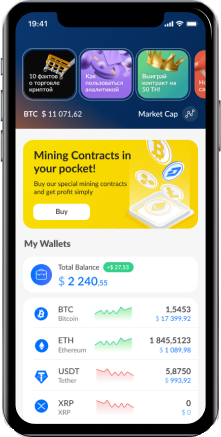How to avoid a scam project?

Many cryptocurrency enthusiasts, like myself, enjoy looking for interesting and innovative new altcoins to trade online. Look on almost any social media platform, and you will see many new coins being promoted every day. Some claim to have a unique utility, while many are simple community-driven and promoted. These are often meme coins that have a colorful motif or an appealing name.
It can be a lot of fun (and sometimes profitable) to search for these coins, join the communities, and be involved in trading them from the launch point. It can be very exciting to watch a new coin go on a “moonshot” and increase in price quickly and dramatically. However, there are many scams surrounding this activity. I would like to share some information about the nature of these scams, what warning signs to look for, and how to check crypto projects for these potential issues.
Today I would like to focus on the honeypot scam. When trading crypto, a honeypot scam will have a trap in the contract that will allow you to buy the coin, but not to sell it. Basically, a honeypot is a one-way street that only allows you to send money into the contract but not take it out. Exceptional skills are not required to create a honeypot. Honeypots have origins in internet security and have been used to trap hackers. Honeypots were initially seen on the ETH network but are now very common on the BSC network and others. There are some methods to identify potential honeypots, but please do your own research. If you are in doubt of the legitimacy of a cryptocurrency, hold on to your money.
The first step in identifying a honeypot is to look at transaction history. If the coin is being bought but not sold, or only being sold by one wallet, this is a warning sign.
There are also many apps and bots that will test a contract number to see if the buy and sell functions work properly. You simply enter the contract address, and the bot will scan it and give you results, potential problems, and an overall safety rating. However, while these are useful tools, there are no guarantees.
To compliment the first 2 steps, try to make sure that the coin has a large, active online community, along with developers who are identifiable, transparent and willing to answer questions or concerns. A coin that directs you to a private DEX or swapping site can be risky. HOWEVER, and this is very important, just because a coin is listed on pancake swap or poocoin or similar known and reputable swapping sites, does not guarantee that it is not a honeypot. So, use a combination of research and online contract analysis tools to make the best decision. Also, keep in mind that newer projects may not have a complete website, or be listed on crypto tracking sites yet.
To summarize, here are some things you can do to avoid crypto honeypots:
1. Make sure there is a sizable, active online presence (Telegram, Twitter) or a website with a transparent development team.
2. Use tools or apps such as contract analysis bots or honeypot testers. Some are available right in Telegram. Please remember they are a useful tool but not a guarantee.
3. Look at transaction history for warning signs such as no selling history or sell history exclusive to one or very few wallet addresses.
4. Communicate! Do not be afraid to ask questions about the utility or term of the project. If promoters or developers become defensive when you ask questions and do not post answers to commonly asked questions, this can be problematic.
In future articles, I will discuss other potential risks involved in trading lesser-known altcoins and meme coins.









